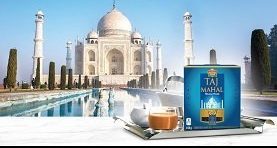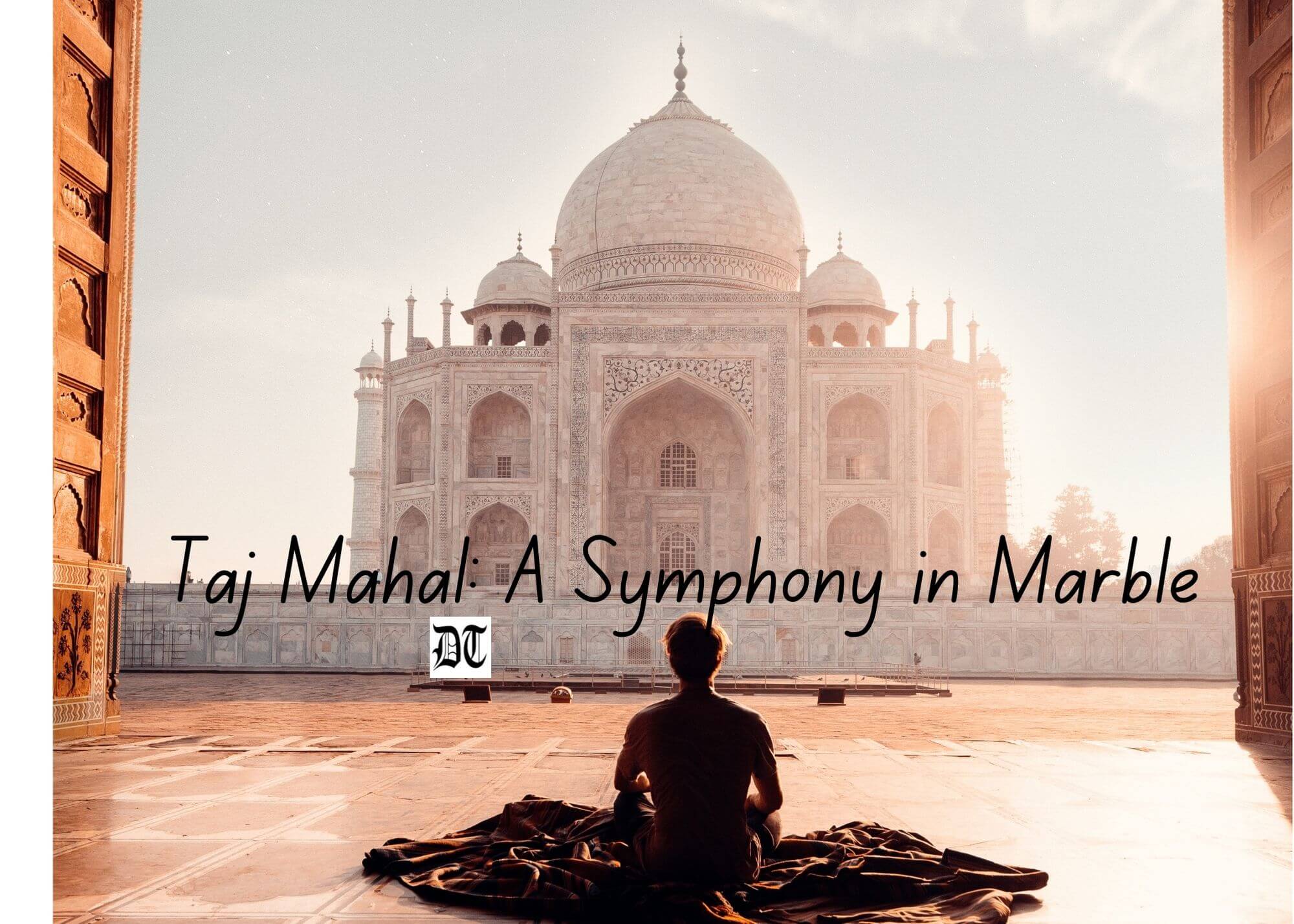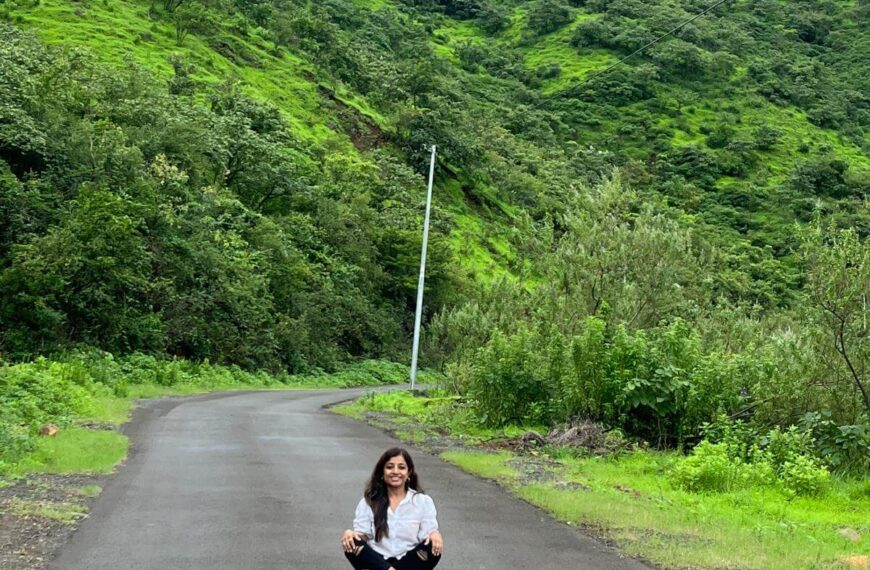Ruchira tells us about Taj Mahal, an icon of India, favourite among the foreigners. An exclusive for Different Truths.

“A thing of beauty is a joy for ever: Its loveliness increases; it will never Pass into nothingness…”
So said Keats, the renowned British Romantic poet. This holds good for the breathtakingly beautiful piece of art (and architecture), which the entire world hails as the Taj Mahal. The epitome of an emperor’s abiding love for his beloved queen consort has carved a niche for itself in the hearts and minds of teeming millions. The antecedents, legends, not forgetting the ground reality connected with this magnificent edifice are all too well known to be reiterated here.
For more than five hundred years, the Taj has stood still, a mute witness, to rise and fall of kingdoms and empires…
For more than five hundred years, the Taj has stood still, a mute witness, to the rise and fall of kingdoms and empires, freedom struggle, natural calamities, pestilence, discoveries, breakthroughs and more …Over the decades, it has emerged as an icon of India at the global forum. It is the flagship of the country’s economy, particularly the tourism industry.

Foreigners invariably flock to the Taj Mahal, the sine qua non of their India tour. They may chose to skip other major tourist destinations, but certainly not the Taj. It is an altogether different matter that foreign tourists are exceedingly overcharged (in tune with government’s rules and regulations) by way of entry fee at the mausoleum. It has virtually become a protocol among foreign dignitaries (irrespective of their nation) to pose for a photograph with their spouses with the resplendent Taj Mahal forming the backdrop. These photographs find space in their plush offices and drawing rooms, in faraway lands.
It is indeed amazing to realise how the monument’s nomenclature has permeated almost every aspect of lifestyle that prevails across the county. From star studded ultra luxury hotels, lodges, restaurants to confectionery shops and beverages (remember the Taj tea ad?) the word itself spells aura and charm to the listeners.
Since childhood, I have visited the city of the Taj Mahal umpteen number of times.
Since childhood, I have visited the city of the Taj Mahal umpteen number of times. From primary class school trips to family ones, (each time the extended family folks came visiting us from the home state) to editorial assignments…. I have now stopped counting. Needless to say The Taj Mahal had me enthralled! Just the way it has continued to enchant myriads of humans down the centuries.
Ours were always dawn-to- dusk trips. So, I missed out on the USP of the wondrous memorial: A glimpse of its ethereal beauty on a full moon night. Any full moon would be good enough but veteran lensmen strongly recommend the March full moon (Holi /Falgun purnima) followed by the one occurring in October (a.k.a. Kojagori purnima). March and October, spring and autumn respectively are balmy seasons in our tropical land. With no trace of heat dust or moisture the skies turn immaculate; hence the full-orbed moon shines forth in all its splendour and serene beauty.
I often get to hear how tour operators and travel agents offer lucrative packages to family groups and honeymooners: to watch the Taj on moonlit nights.
Wholesome delight for shutterbugs! I often get to hear how tour operators and travel agents offer lucrative packages to family groups and honeymooners: to watch the Taj on moonlit nights. For these fortunate few it must be an experience of a lifetime…to be recreated and retold to their grandchildren many years later!
Visuals by Different Truths






 By
By

